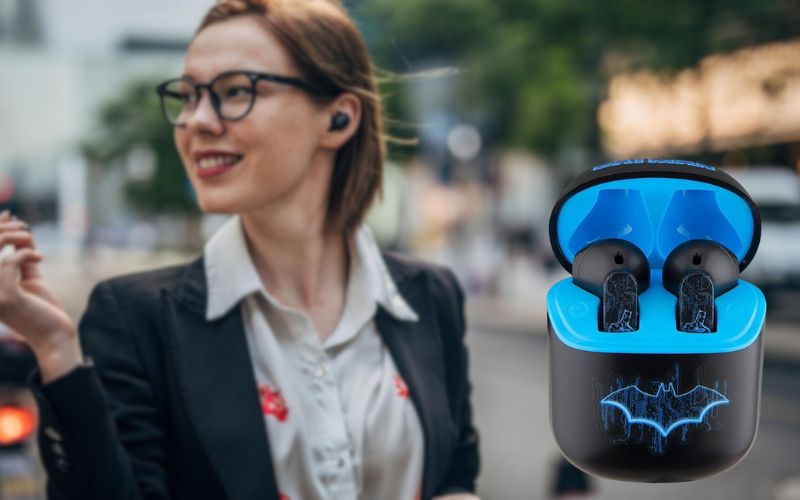The bionic devices market stands at the forefront of medical technology innovation, offering revolutionary solutions that enhance mobility, independence, and quality of life for individuals with disabilities. In this comprehensive analysis, we’ll delve into the dynamics shaping the bionic devices market, including emerging technologies, key players, market drivers, challenges, and growth opportunities.
Understanding Bionic Devices
Bionic devices, also known as bionics or biomechatronic devices, are artificial systems that mimic or enhance the functionality of living organisms. These devices integrate advanced technologies such as robotics, artificial intelligence (AI), and biomedical engineering to restore or augment physiological functions lost due to injury, illness, or congenital conditions. Bionic devices can range from prosthetic limbs and exoskeletons to sensory implants and neural interfaces, enabling individuals to overcome physical limitations and lead more fulfilling lives.
Market Segmentation
The bionic devices market can be segmented based on product type, application, end-user, and geography:
- Product Type: Prosthetics, Orthotics, Exoskeletons, Neurostimulators, Cochlear Implants, Vision Bionics, Cardiac Bionics, and Others.
- Application: Medical, Defense, Industrial, and Others.
- End-User: Hospitals, Rehabilitation Centers, Clinics, Ambulatory Surgical Centers, and Homecare Settings.
Market Drivers
Several factors are driving the growth of the bionic devices market:
- Advancements in Technology: Rapid advancements in robotics, AI, materials science, and neuroengineering are expanding the capabilities and functionality of bionic devices, driving innovation and adoption across various applications.
- Increasing Prevalence of Disabilities: The rising prevalence of disabilities, including limb loss, spinal cord injuries, and age-related conditions, is fueling demand for advanced bionic solutions that enhance mobility, independence, and quality of life.
- Growing Aging Population: The aging population worldwide is driving demand for bionic devices to address age-related health issues such as mobility impairments, sensory loss, and chronic conditions, driving market growth.
- Government Initiatives and Funding: Government initiatives, healthcare reforms, and funding support for research and development are fostering innovation and investment in the bionic devices market, accelerating technological advancements and market growth.
Market Challenges
Despite the promising growth prospects, the bionic devices market faces several challenges:
- High Cost of Technology: The high cost of bionic devices, including research and development, manufacturing, and customization, poses a barrier to adoption, especially in emerging markets and for uninsured individuals.
- Regulatory Hurdles: Stringent regulatory requirements, including safety standards, clinical trials, and approval processes, can prolong time-to-market and increase development costs for bionic device manufacturers.
- Limited Accessibility and Affordability: Limited accessibility to bionic devices, especially in rural and underserved areas, and disparities in healthcare Techkeytimes access and affordability, can hinder market growth and restrict patient access to advanced bionic solutions.
Growth Opportunities
Despite the challenges, the bionic devices market presents significant growth opportunities:
- Technological Innovations: Continued advancements in robotics, AI, materials science, and biotechnology will drive the development of next-generation bionic devices with enhanced functionality, durability, and user experience.
- Expanding Applications: The expansion of bionic devices into new applications such as neuroprosthetics, brain-computer interfaces, and regenerative medicine holds promise for addressing unmet medical needs and driving market growth.
- Market Expansion in Emerging Economies: The increasing focus on healthcare infrastructure development, rising disposable incomes, and growing awareness of bionic solutions in emerging economies present lucrative opportunities for market expansion and penetration.
- Collaborative Partnerships and Mergers: Collaborative partnerships, strategic alliances, and mergers and acquisitions among industry players, research institutions, and healthcare providers will facilitate technology transfer, knowledge sharing, and market expansion.
Conclusion
In conclusion, the bionic devices market represents a dynamic and rapidly evolving landscape characterized by technological innovation, market expansion, and growing demand for advanced bionic solutions. With a focus on improving mobility, independence, and quality of life for individuals with disabilities, the market is poised for significant growth driven by advancements in technology, increasing prevalence of disabilities, and supportive government initiatives. By addressing key challenges and capitalizing on growth opportunities, stakeholders in the bionic devices can drive innovation, improve patient outcomes, and shape the future of healthcare.



